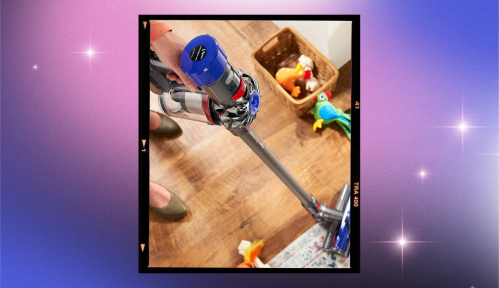Our editors independently select these products. Making a purchase through our links may earn Well+Good a commission
Peeling dead skin off of your heels might just be one of the least-sexy beauty practices out there, but that hasn’t stopped it from going viral on TikTok. Recently, a hack that involves using glycolic acid for cracked feet has popularized on the app, with users swearing that it makes their skin feel baby soft. The idea is that the gentle alpha-hydroxy acid—which is frequently found in exfoliating facial products—will melt dead skin cells from your soles, so people have been repurposing their skin-care serums for their DIY pedicures. But is this trick really, erm, all it’s *cracked* up to be? To find out, we asked NYC-based podiatrist Suzanne Levine, DPM to weigh in.
Experts in This Article
aesthetic podiatrist and podiatric foot surgeon
“It’s legit up to a point,” she admits. “I often say: You have to treat your feet like you treat your face.” She adds that unlike classic pumice stones, which have long been the go-to for foot exfoliation, glycolic acid (and other members of the AHA family) are far gentler and less abrasive, and come with less of a risk of overuse.
But before you go wasting your favorite (potentially expensive) exfoliating facial serum on your feet, know that it probably isn’t potent enough to actually work. “The glycolic acid must be a higher percentage than what you’d use for the face,” says Dr. Levine. Because the skin on your feet is rougher than the skin on your face, it requires more exfoliation power—which is why glycolic acid-infused products specifically designed for feet, like Baby Foot, exist (for what it’s worth, though, Dr. Levine thinks that formula is too strong).
This Parisian Skincare Brand Is Launching in the United States for the First Time—Here’s What a Derm Wants You to Know

We’re Calling It: Cleansing Balms Are the Face Wash of the Future—Here Are 3 to Add to Your Cart

This Is the One Product That Scarlett Johansson Always Keeps in Her Purse and on Her Bedside Table

“In general, I prefer single-use pads for hygiene purposes,” she says, noting that products with 15 to 20 percent glycolic acid work best.
Just remember: before actually treating your feet with glycolic acid, you have to consider the condition of your soles before applying any product. “You have to make sure that you don’t have any other underlying problems, such as fungus, that may be causing cracks or other textural issues,” she adds. If you do have any of these things, dousing your tootsies in AHAs could be uncomfortable at best and highly irritating at worst.
Check out what happened when our beauty editor tried Baby Foot—the original glycolic acid foot peel.
Want even more beauty intel from our editors? Follow our Fineprint Instagram account) for must-know tips and tricks.
Sign Up for Our Daily Newsletter
Get all the latest in wellness, trends, food, fitness, beauty, and more delivered right to your inbox.
Got it, you've been added to our email list.








